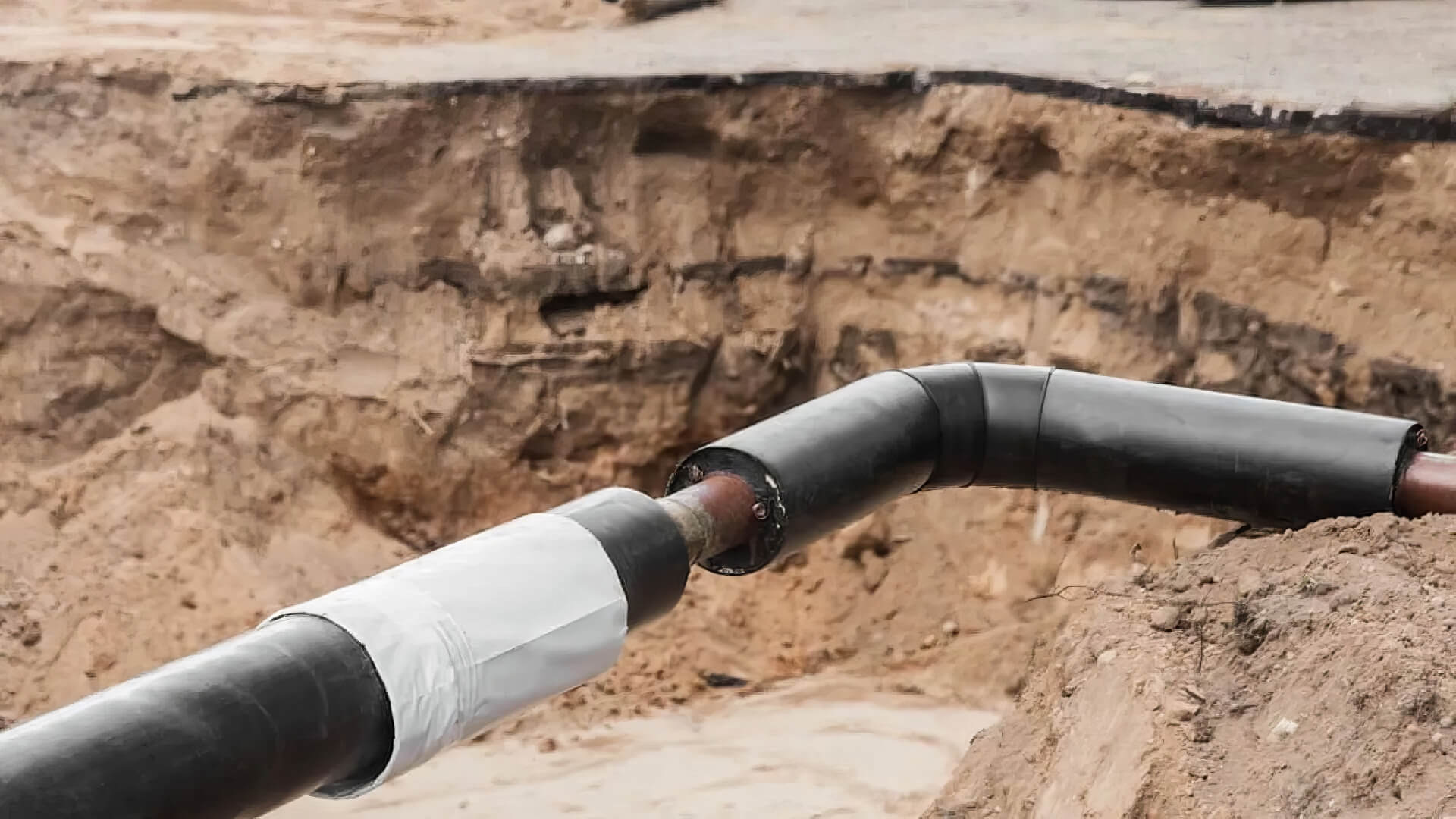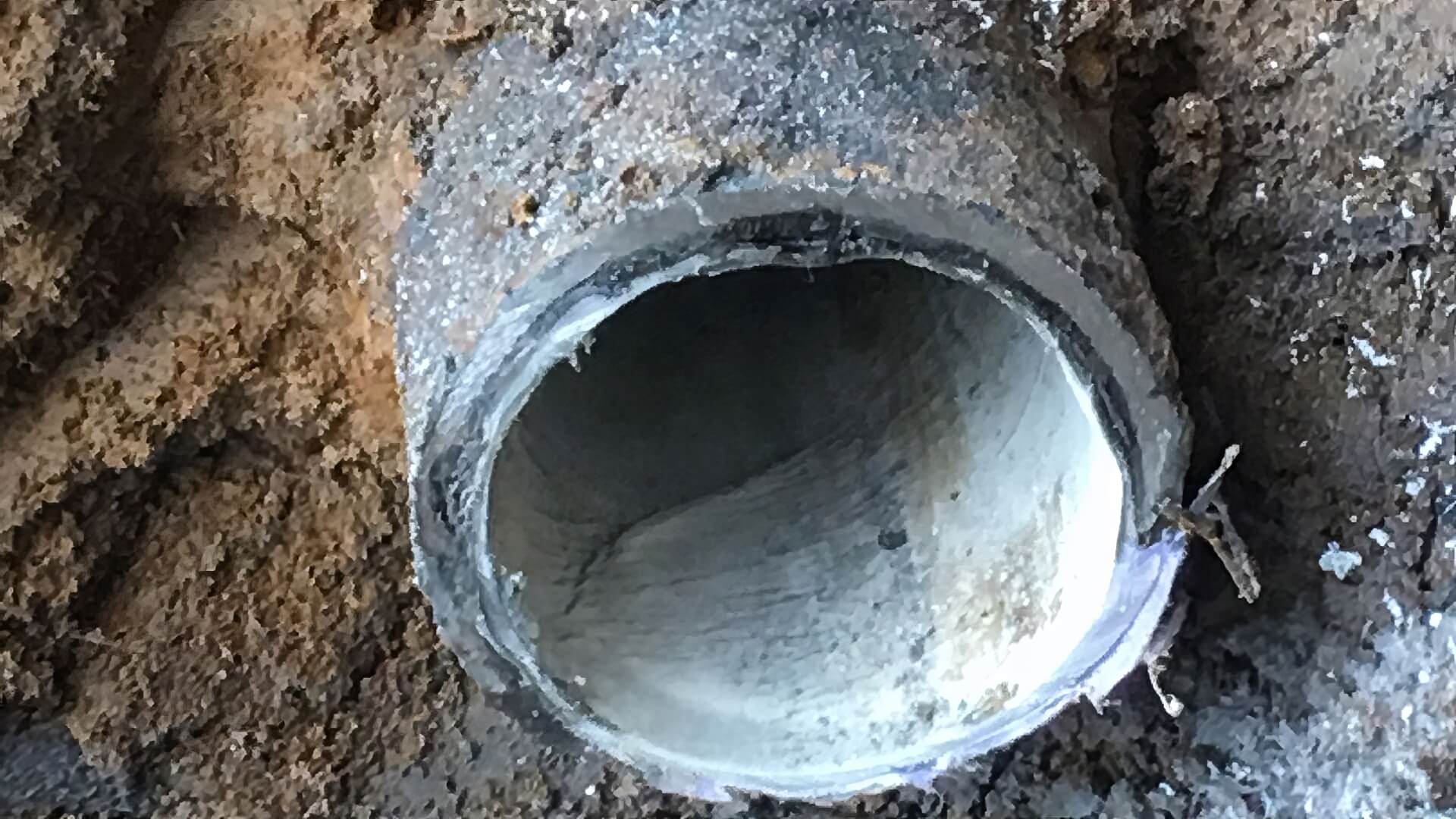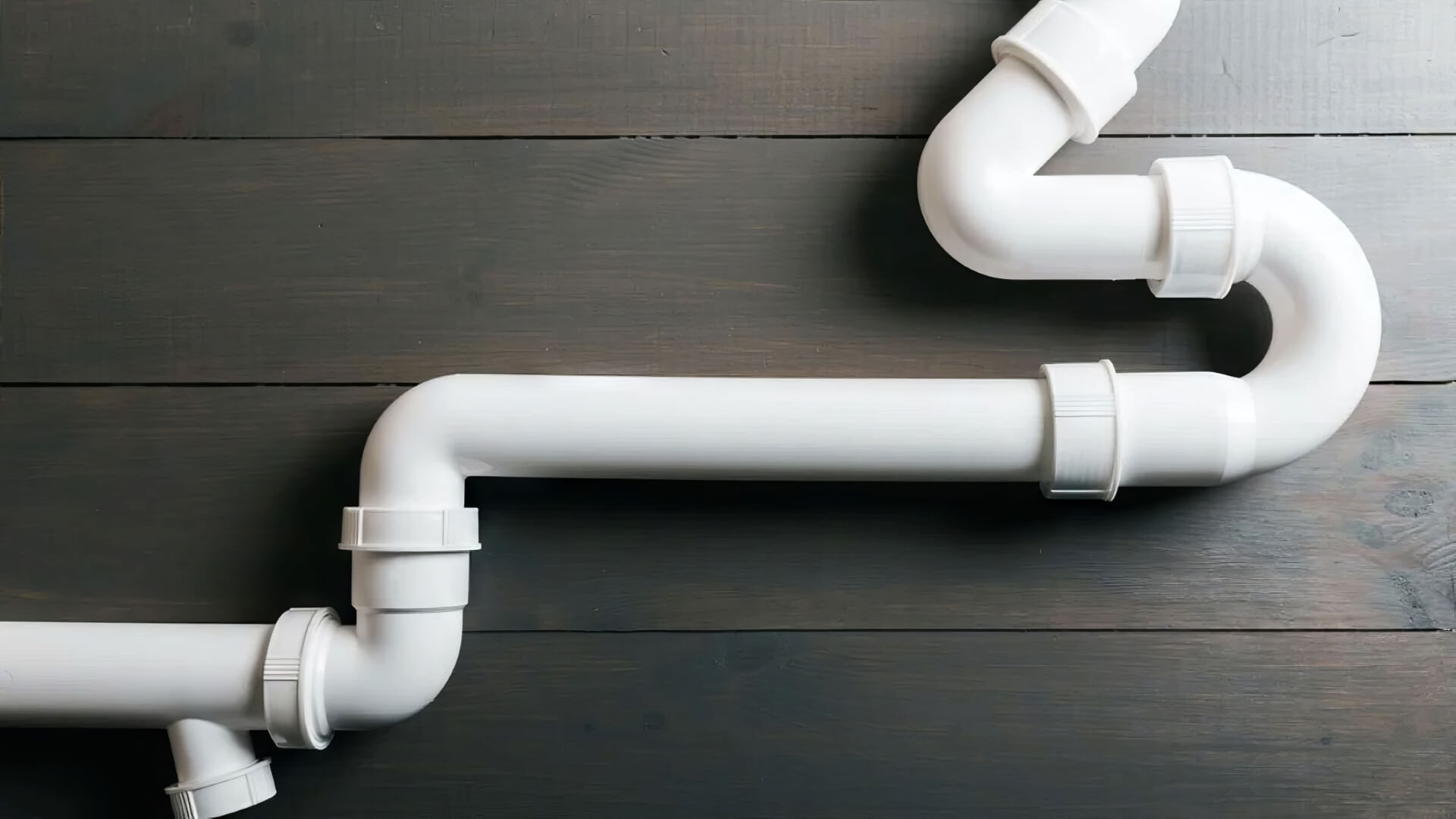Introduction to pipe relining and how weather impacts the process
Pipe relining quickly repairs damaged pipes without excavating gardens or disrupting floors, efficiently restoring sewer pipe function and flow.
A resin-impregnated liner is inserted into the existing pipe, creating a new, robust channel within the old one.
Fluctuating temperatures and humidity levels affect the curing times and integrity of the epoxy liner, making timely application critical for the best pipe relining outcomes. Excessive heat may cause the resin to cure too quickly, and cold temperatures can slow down the curing process. Additionally, shifts between extreme hot and cold weather can spawn the risk of a blocked drain, as they weaken cured liners over time due to expansion and contraction.
Careful planning and temperature control are essential for a successful and long-lasting pipe relining outcome, suited to Australia’s varied climate.
Understanding the pipe relining process and materials used
How does pipe relining function in pipes with no residual structural robustness? It encompasses sliding a resin-infused felt liner within old, damaged pipes, and as it cures, it bonds to the host pipe without need dig, guaranteeing a flawless new pipe form. We utilise epoxy resins that cure when exposed to highpressure water or steam. These resins are extremely durable and corrosion resistant.
Initially, we may deploy a CCTV drain camera to identify obstructions or cracks in your pipes, ensuring there are no hidden issues. We then measure the pipes needing repair and custom-cut the liners for a precise fit. These liners, saturated with resin, are moistened and folded to diminish their diameter prior to being inserted into your pipes.
Our plumbers employ specialised equipment to insert the resin-saturated liners into your pipes. This forms a new pipe inside the original, enhancing structure and preventing issues like blocked drains without digging.
Epoxy resins used in relining can have a longer lifespan than PVC piping systems. When it comes to pipe reinforcements, does pipe relining provide a waterproof barrier that protects against corrosion and tree root intrusion. This grants unmatched sturdiness surpassing traditional repair techniques, promising both a cost-effective solution and peace of mind into the foreseeable future.
Impact of temperature and humidity on pipe relining
Fluctuating temperatures and humidity levels can significantly influence how much the pipe relining process does get affected. In hot weather, high temperatures speed up curing times for epoxy resin liners.
In cold weather, low temperatures slow down the curing process. This extends project timelines as plumbers must run hot water or steam for longer periods to properly cure the resin. If temperatures drop too low, around freezing, curing can fail altogether.
High humidity also hinders resin curing used in pipe drain repairs. Airborne moisture interacts with the undeveloped resin, preventing it from setting properly and potentially weakening the liner. This leaves liners susceptible to future damage.
To mitigate weather effects, we aim to schedule pipe relining when temperatures are moderate, ideally within the 15°C to 30°C range. We utilise specialist heating equipment to carefully manage hardening temperatures, preventing external factor interference. Utilising some of the most sophisticated methods of pipe relining, meticulous supervision ensures the liners set uniformly, impervious to any outside influences.
Taking Sydney’s diverse weather into account allows us to justify sewer relining costs, ensuring long-lasting results that rejuvenate your pipes for years to come. Proper curing of the resins metamorphoses them into a sturdy barrier, which effectively controls pipe relining costs by minimising the need for future interventions.
Effect of storms, rain and weather events on pipes
Severe tempests and deluges can manifest as problems your pipes face, potentially worsening conditions in already impaired systems. When rainfall permeates present fissures, intense water pressure can bolt through, propelling potential concerns down track, thus hastening the wear and decay of pipes over time.
Amidst a tempest, rapid storm water employs one of the most intense pressure tactics, potentially exerting overwhelming stress on drain sewer conduits and their joints, much like efforts in pipe patching. When it comes to mitigating the effects of storm pressures, this can dislodge pipe segments, allow tree root intrusions, or worsen existing leaks. Epoxy liners are effectively designed to impede tree roots debris by sealing off the cracks through which the roots and debris generally make their way seeking moisture.
Periods of drought in Sydney can enable further root encroachment as they grow more aggressively into pipes searching for water sources, which Sydney pipe relining can effectively mitigate. When the next downpour occurs, the expanded root web can restrict water passage, meaning the drain can get blocked and cause significant disruptions.
Embarking on new pipe lining raises the question, is pipe relining worth it, and how does it benefit your system? Employing the most advanced methods pipe relining, the inner surfaces are enhanced with a strong epoxy barrier, eliminating the necessity to trench the terrain. This fortifies the sewer line against deterioration, fissures, and invasive roots, reinstating unobstructed water circulation. It also prevents additional damage from weather events for decades after application.
Our pipe relining services factor in strategic timing for each pipe relining job, aligning the process with moderate climates ahead of tumultuous weather. This ensures resins cure fully, transforming into an impenetrable shield able to withstand Sydney’s variable climate long-term.
Scheduling considerations for pipe relining projects
Astute planning is critical for balancing cost-effective pipe relining services while mending a broken pipe during conducive weather conditions. We recommend scheduling projects when you need pipe repairs during moderate temperatures between 15°C to 30°C with low humidity. This allows the epoxy resin to cure properly within the specified timeframe.
Ideally, relining should be avoided during extreme heat, storms, heavy rain or freezing temperatures as these can interfere with resin curing. If unexpected weather arises during a project, we postpone the work to protect integrity.
By actively committing to your pipe relining project, we can expediently circumvent climatic calamities, enabling you to get your system back in prime condition before detriment escalates. Relining unblemished segments today shields from upcoming leaks and erosion—averting expensive troubles that could afflict your systems, negating the need to dig up affected areas in the future.
Reach out to our dedicated plumbing services team for an exhaustive examination, potentially guiding you toward the path of drain relining if it’s determined necessary. We’ll assess if your pipe system requires reinforcement to cope with Sydney’s variable climate long-term. Tackling pipe problems proactively by relining is the most robust, seamless, and cost-effective strategy.
Maintaining and protecting relined pipes
Properly maintaining relined pipes, reinforcing the old one with a sturdy interior layer, is crucial to maximise their lifespan and performance. We recommend the following care tips:
- Avoid pouring fats, oils or harsh chemicals down your drains as they can still coat and clog relined pipes over time
- Use drain strainers in sinks to stop your food scraps and debris from entering pipes
- Pour 1 cup baking soda and 1 cup vinegar down sinks and drains monthly to keep water flowing freely
- Have pipes professionally inspected every 2 years to check condition and performance
- Trim back trees and roots that may grow towards pipes seeking moisture
- Re-line pipes after 15-20 years as preventative maintenance against weathering
Proactive maintenance can help keep relined pipes in near new condition for an extended period, particularly in challenging climates like those of the Northern Beaches. Continued weatherproofing provides enhanced protection from leaks, corrosion and blockages during storms. Contact our team to inspect your relined pipes and advise on optimising longevity.
The environmental benefits of trenchless pipe relining
The While exploring pipe relining other alternatives might seem logical, our method extends significant environmental benefits, outshining the dated dig-and-replace techniques. Embracing trenchless technology, cipp lining imperatively slashes the carbon footprint linked with traditional pipe restoration methods.
With dig-and-replace methods, digging up your yard is a necessity using backhoes and jackhammers, which destroys landscaping. Soil runoff and debris litter streets, washing into storm drains. Heavy machinery burns fossil fuels, emitting greenhouse gases. Soil runoff and debris litter streets, washing into storm drains.
CIPP relining is much more environmentally friendly, significantly reducing carbon emissions due to the lack of heavy equipment.
It avoids ground disruption so topsoil, plants and paving remain undisturbed. No trenching reduces site waste, pollution and native habitat destruction.
The airtight epoxy shield not only heightens water flow efficiency but also acts as a critical advantage of pipe relining over other traditional repair options. Among the numerous benefits pipe relining offers is that CIPP relining poses as an environmentally conscious renovation technique, safeguarding and upholding the integrity of the local ecology.
At Beverley Park Plumbing, we’re thrilled to provide innovative pipe relining solutions, standing out as both modern and sustainable. Relining pipes reduces your carbon footprint while restoring functionality for decades. Get in touch with our team to learn about pipe relining and discover the green benefits of CIPP technology for your home.
Pipe relining vs full replacement - comparing the options
Pipe relining vs full pipe replacement are two options for restoring your plumbing system. Pipe lining, employing a resilient epoxy resin liner, is a trenchless approach that installs this compound into the current pipes to fashion a fresh pipeline. Full replacement means excavating and removing damaged pipes to install entirely new piping.
There are several key differences between pipe relining and replacement to consider:
Cost and Invasiveness
When considering the cost, what pipe relining incurs, it emerges as a more wallet-friendly option, typically in the range of $80-250 per linear foot, in stark contrast to the heftier $200-500 per foot associated with full pipe replacement. This method’s advantage is manifested in the competitive pipe relining cost, as it eliminates the need for excavation, thus preserving your landscaping.
Materials and Lifespan
Epoxy pipe liners are extremely durable, and pipes can have a 50+ year design life. Fully replaced pipes may last 30 years on average before needing work again.
Plumbing Functionality
When it comes to maintaining water motion and pressure, effectively installed liners restore complete water flow in any affected drain pipe.
Environmental Impact
Relining not only generates almost no site waste versus replacement, but it also helps to prevent tree roots from infiltrating your water system, all with minimal environmental impact. And no trenching preserves surrounding habitats.
Sewer pipe relining often eclipses complete replacement, excelling in crucial areas and incurring far less expense. Engage with our pipe relining specialist at Beverley Park Plumbing to determine the apt solution for your plumbing requirements. With over 10 years of pipe relining Sydney expertise, we’ll restore your pipes quickly with the least disruption possible.






